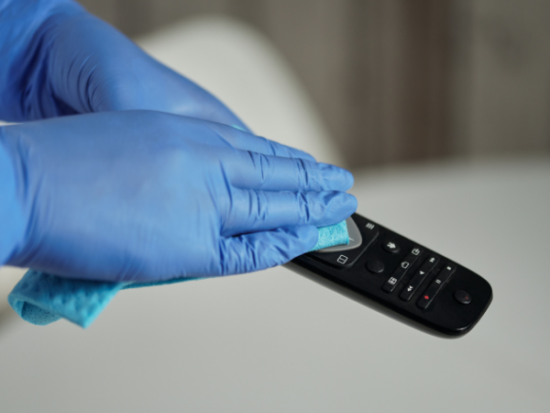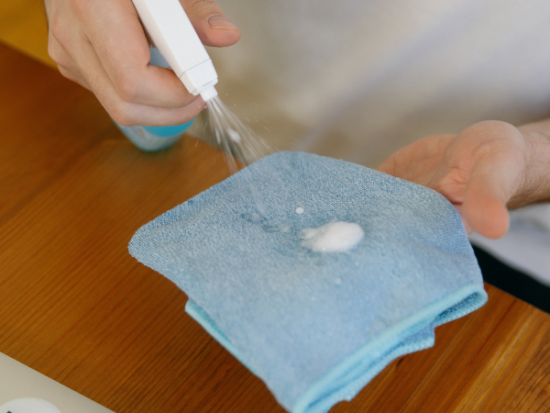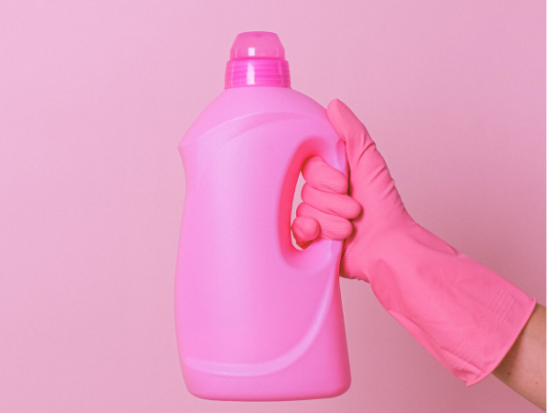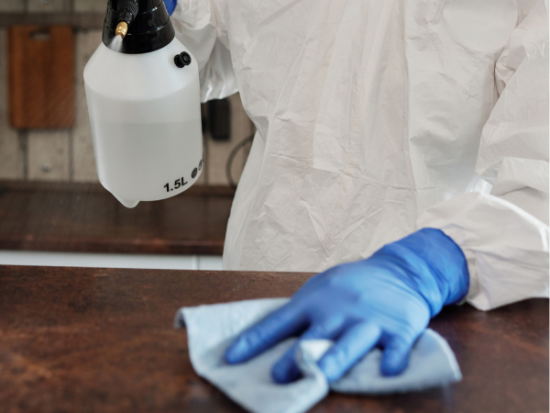How to make disinfectant wipes
Now more than ever, knowing how to make disinfectant wipes comes in handy. A simple swipe of the antibacterial cloth or paper towel can sanitize many surfaces and household appliances. Disinfectant wipes like Lysol and Clorox wipes aren’t particularly expensive, so many people buy them in bulk. Sometimes even hoard them so much that others are left with nothing left on the aisles.
The best solution to a shortage of disinfectant wipes is to make your own. Learning a little DIY never hurt anybody, after all. But you have to be careful when making your own because the wrong chemicals used may be harmful to inhale or even touch. Read carefully below to know how to make your disinfectant wipes at home with just a few simple materials.
Benefits of using disinfectant wipes

Apart from the obvious benefit of killing germs, bacteria, and viruses, disinfectant wipes can be used to clean just about anything around the house. Depending on the strength of the disinfectant used, it can even remove hard stains and dirt. However, you need to use these wipes properly so that you won’t be spreading the germs around instead of killing them.
Experts advise wiping in one direction only to avoid reinfecting the area you’ve already cleaned. Another thing to remember is to let the surface or object you are disinfecting soak in the liquids of the cleaning wipes for a certain amount of time before wiping it dry, or else you’re not giving it time to kill everything that needs to be killed.
Effective DIY disinfectant wipes
Before starting your cleaning and disinfecting mission, remember that these disinfectant wipes are intended for cleaning surfaces and appliances. They are not good for the skin or eyes. Touching them may not affect, but long-term skin-to-skin contact with the harsh chemicals present can cause dry skin, itching, and even skin peeling. Inhaling them may also be dangerous, so make sure the area you’re cleaning is well-ventilated.
Alcohol disinfectant wipes
The Centers for Disease Control and Prevention (CDC) recommends alcohol as an effective cleaner for disinfecting household surfaces and hand sanitizers. The ideal alcohol content for proper disinfection is 70% isopropyl alcohol or 60% ethanol. If you have something higher than that, you will need to dilute it. 70% alcohol is enough to kill most surface germs and bacteria.
Materials:
- Isopropyl alcohol or ethanol (grain alcohol) can be bought in pharmacies or liquor stores
- 2 cups of water or as measured to dilute the alcohol
- Paper towels or cloth cut or folded enough to fit the container
- Airtight glass jar or storage container
Direction:
- Gather the alcohol and water. Combine the ingredients and pour into the airtight container. Make sure to leave enough room at the top so the towel or cloth can still fit.
- Add the paper towel roll or cloth and make sure they are fully submerged in the alcohol.
- Let them soak for at least 10 to 15 minutes.
- Addition: You can use old stock of makeup wipes or baby wipes instead of paper towels and cloth. Just soak them in the rubbing alcohol, and they should be good to go.
Bleach disinfectant wipes
Before getting handsy with bleach, it is very important to ensure that the bleach you will be using for your disinfectant wipes is minimally 1000ppm sodium hypochlorite or explicitly labeled as intended for disinfection. Bleach is a powerful disinfectant, but it can also be a harmful chemical that can irritate the eyes, nose, and skin. Make sure to wear rubber gloves while making disinfectant wipes with bleach.
Materials:
- Bleach (at least 1000ppm sodium hypochlorite) in liquid or powder form
- 4 cups of water or as measured to dilute the bleach
- Paper towels or cloth cut or folded enough to fit the container
- Airtight glass jar or storage container
Direction:
- Before opening your bottle or pack of bleach, be sure to check its expiration date. The typical shelf-life of bleach is only around six months.
- Don’t forget to put on your rubber gloves. The CDC recommends mixing four teaspoons of bleach per one quart of water. Mix the solution in the airtight container. Leave enough space for the paper towels or cloth.
- Place the towels or cloth inside the container and let it soak for a few minutes.
- Important Note: Never mix bleach with ammonia or other chemical cleaners, as this causes dangerous chemical reactions.
Can disinfectant wipes be used on all kinds of surfaces?
Most disinfectant wipes are made for hard surfaces. This makes sense because soft surfaces usually need deep cleaning with water and Dawn dish soap or other appropriate cleaners. Disinfectant wipes are used to wipe hard surfaces in less than a minute to clean them of germs, bacteria, or stains.
However, it is not recommended for bleach-based disinfectants to be used on metal surfaces to cause premature rusting. Make sure to check the materials of the surface or object you are disinfecting before having it make contact with alcohol or bleach. Some materials aren’t made to withstand harsh chemicals and can become permanently damaged. Another option is to use the alcohol or bleach solution from your disinfectant wipes with spray bottles so you can just spray it on soft or hard surfaces for disinfection.
Where to use disinfectant wipes
Floors, countertops, and walls are the usual spots that you often clean at your house. There are probably about a dozen more places that you haven’t thought of disinfecting, at least not as much as you should. These hard high-touch surfaces are vulnerable to many viruses and bacteria. Tables, light switches, handles, work desks, sinks, faucets, remote controls, gadgets, and keyboards are only some of the areas you should consider disinfecting more frequently.
Related Articles
How long do homemade disinfectant wipes last?
When mixed with water to be diluted, homemade disinfectant wipes made with bleach are effective for only about 24 hours. They are not intended for long-term storage. It would be best if you made a fresh batch every time you wanted to disinfect. Do not make large batches, as these DIY disinfectant wipes can go to waste.
If you have leftover solutions, put them in spray bottles and disinfect many surfaces, appliances, or objects as you can find. Be sure to do so carefully, as the solution may not be safe for all kinds of surfaces. You can also reuse the cloth for disinfecting. Just wash it well, dry it, and store it when you need to soak them in bleach or alcohol again next time.
Summary
While making homemade disinfectant wipes is easy, cost-efficient, and handy, you need to be careful handling the chemicals you will be using. Alcohol and bleach are both potent compounds that can be harmful if not used with caution.
Follow the CDC’s recommendations for safety. Don’t forget to use proper attire for cleaning and keep your rubber cleaning gloves in handy. Do not get the solution anywhere on your face to avoid sensitive skin and eye irritation.




